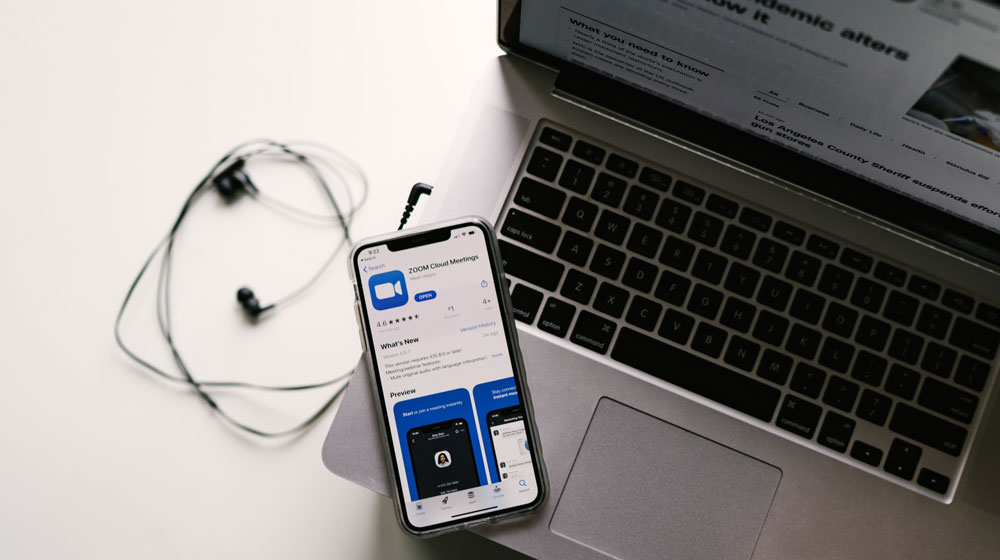"Difficult to create informal arenas at digital conferences"

Digital academic conferences today have problems creating arenas for networking and exchange of ideas. Arnold Pears at the Department of Learning shares his experience with online conferences.
How are all the academic conferences doing during a pandemic? Like many other events right now, they often go digital. For example, they can be streamed via YouTube where speakers, panelists and moderators participate in Zoom meetings and questions from the audience are sent in via an online chat.
Arnold Pears, Head of the Department of Learning, participated in a virtual one-day conference organized by the Teacher Education Convention before Easter and the following day in a full-day workshop organized by KTH, Tillväxtverket and UKÄ.

How did it work?
”Surprisingly good, many are used to the functions in Zoom now. We were about 60 participants at the conference, wich was more traditional with lectures and question time. At the workshop we had an introductory presentation and then five groups, or "hives", that worked for 30 minutes followed by feedback and presenting ideas in Padlet.”
What do you see as the biggest challenge for a digital conference?
”It’s difficult to create informal arenas for interaction around science and ideas. Usually we gather around a ’poster’ for talks and discussions. Virtual poster exhibitions are not easy to achieve, I still haven’t figured that one out. "
"So far, we have come pretty close with thematic breakout rooms that you can visit and circulate in. But a real poster is visible at a distance, which is hard to achieve digitally. Using screens, it becomes important to think about the purpose of the activity. If the purpose of a poster is to create informal conversations, then maybe you can do it by a virtual speed dating exercises instead?”
How could one make a digital conference more unique?
”You could for example arrange virtual activities such as wine or tea tasting. With some preparation in advance, the samples can be sent home to the participants. It works best with tea or beer tasting, in my experience. The breaks can also be used for exhibitions in various formats. Perhaps this will be the case for ASEE's big conference in June, which will now be virtual. It was meant to be a conference in Montreal, Canada, with close to 3,000 participants.”
Do you think digital conferences will become more common after the corona crisis?
”Maybe we’ll see more of small conferences where you can gather easily with the tools available today. But large conferences are difficult to obtain in a good way with the technology that is common and widespread in the research community today. In the future, I think virtual alternatives are a complement to a physical conference, where those who cannot / do not want to travel can participate. The problem is that virtual presentations attract less people. You want to meet people and talk to them IRL.”
Text: Anna Gullers

